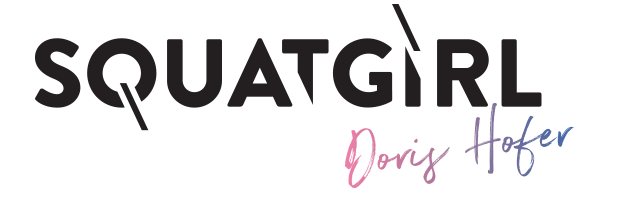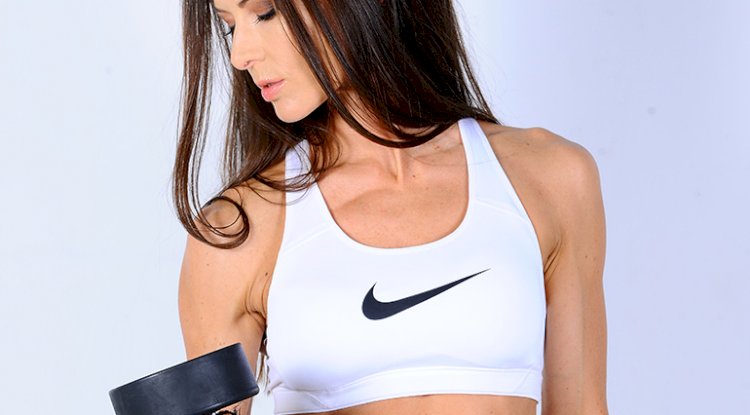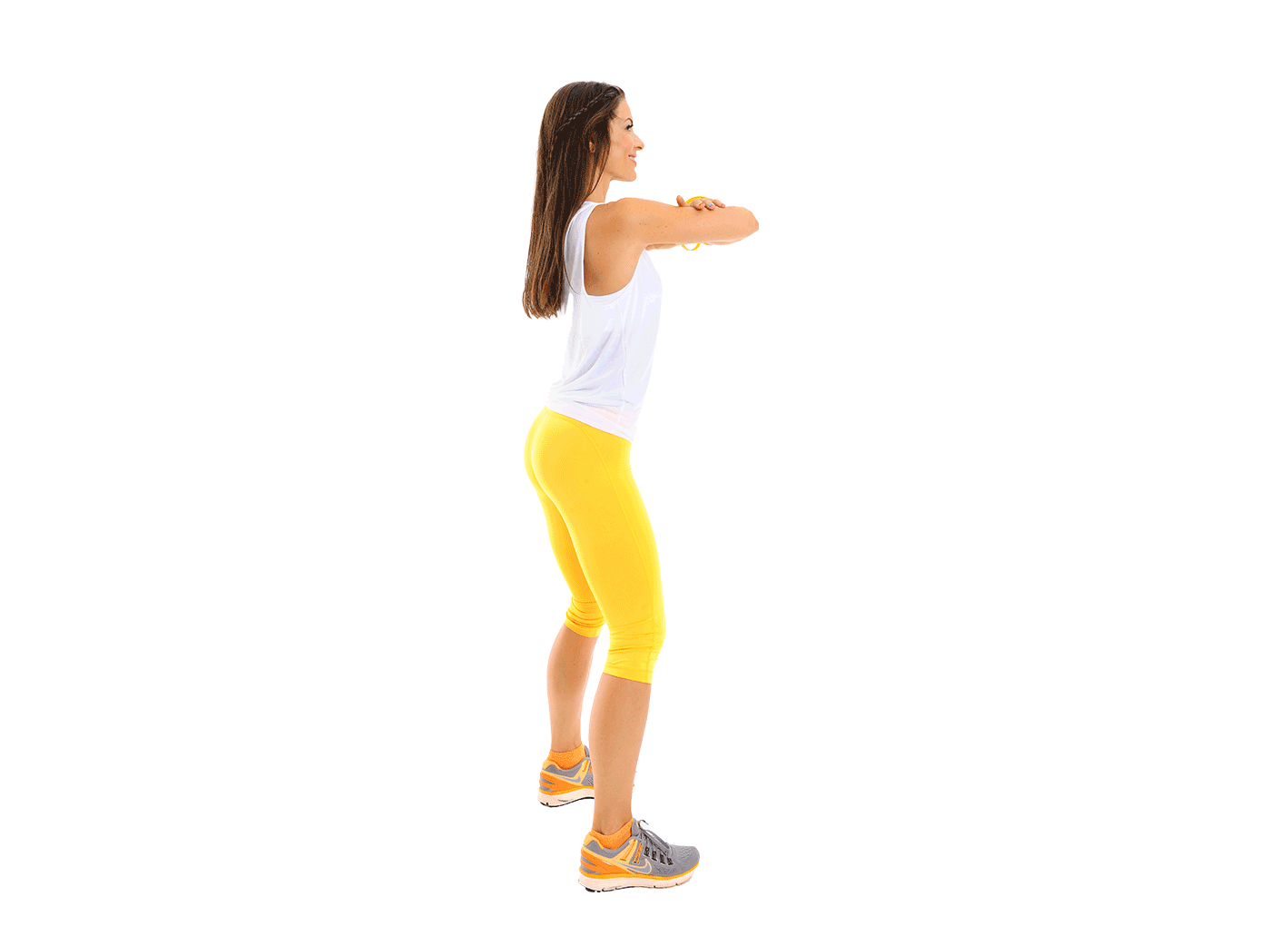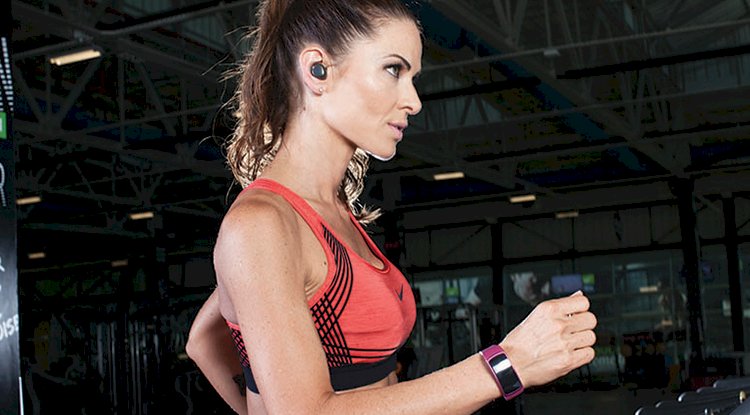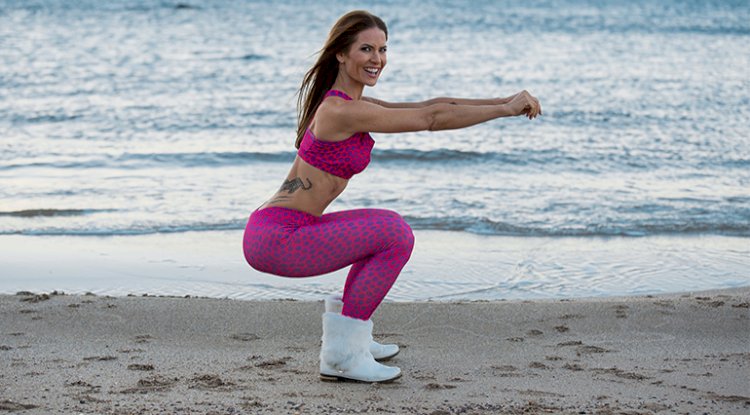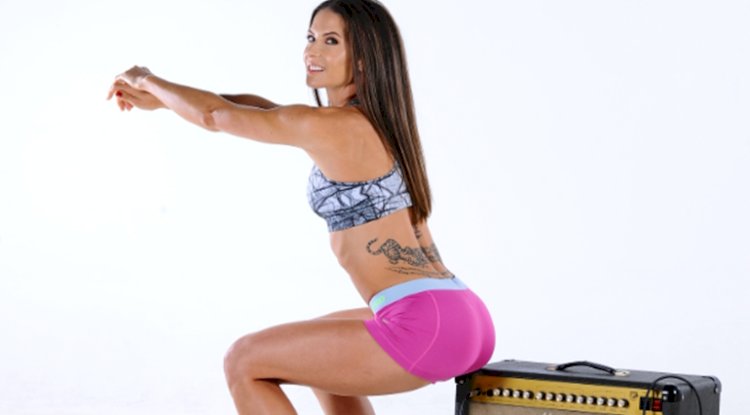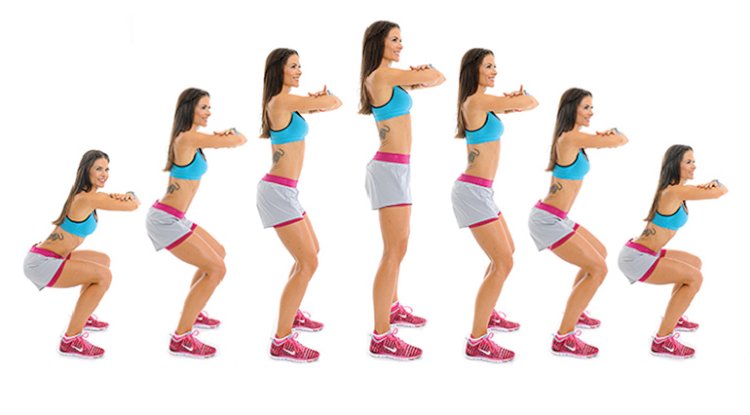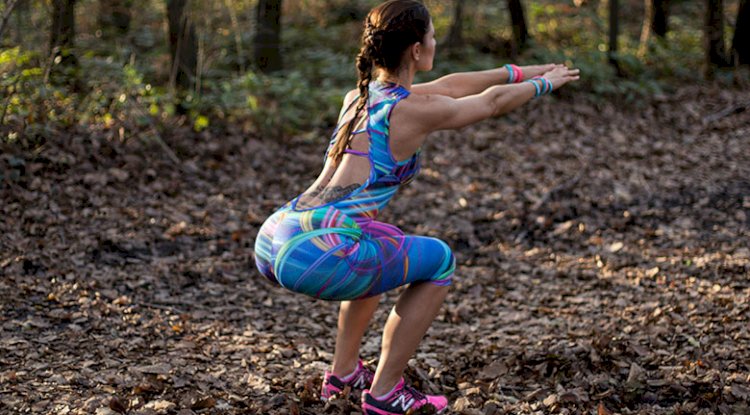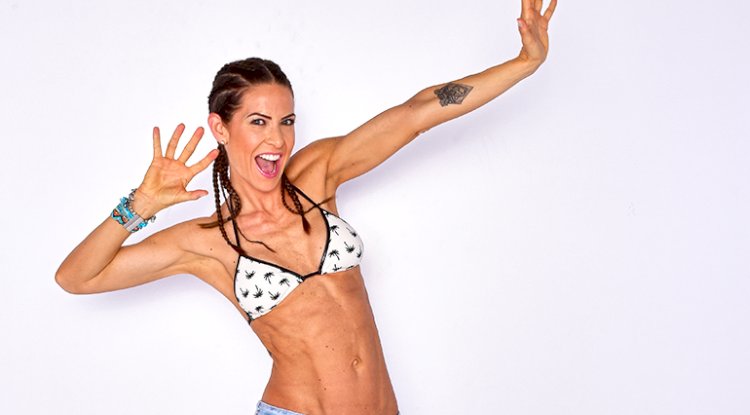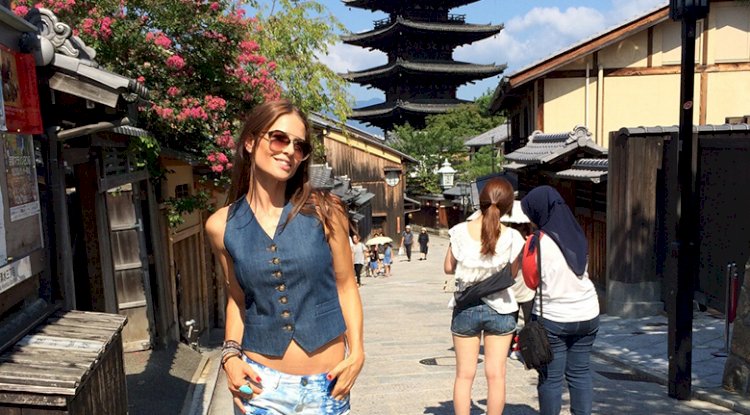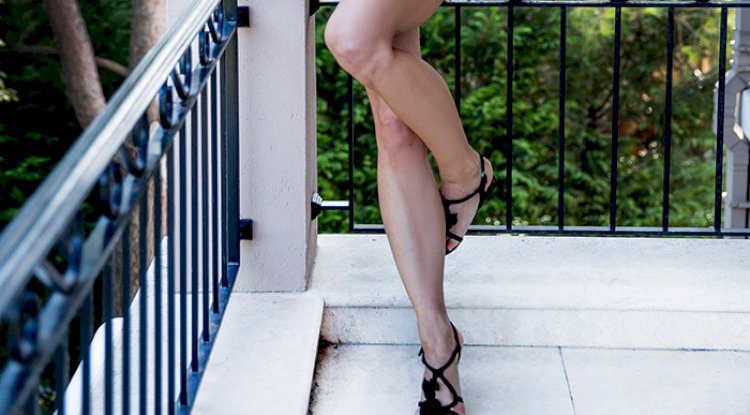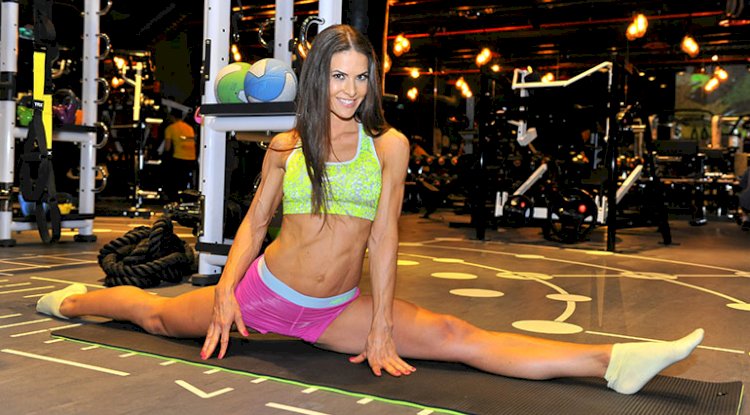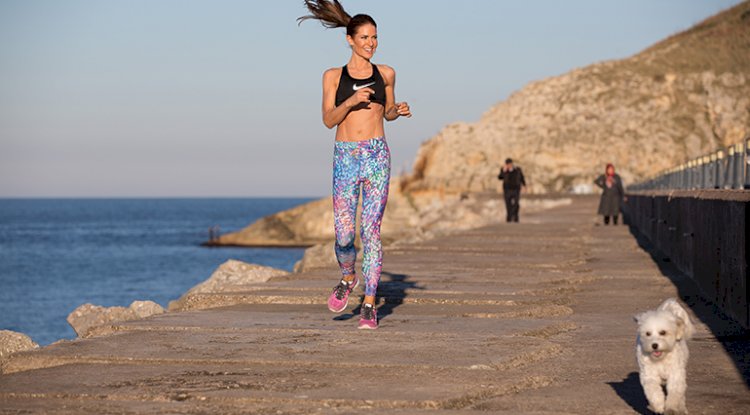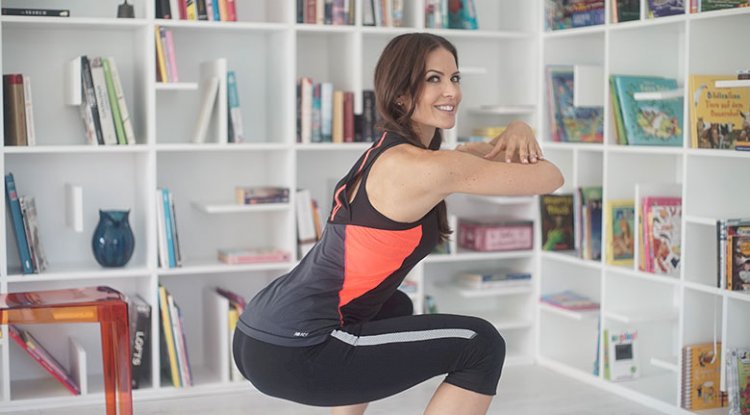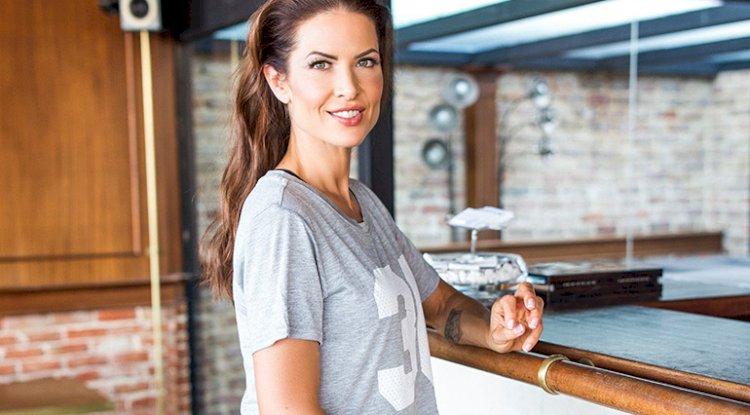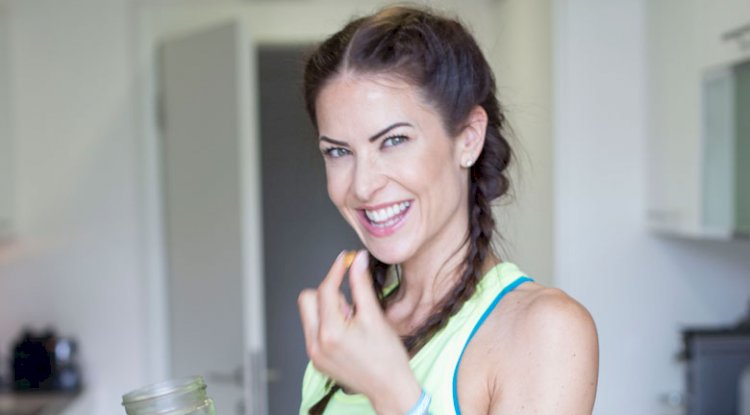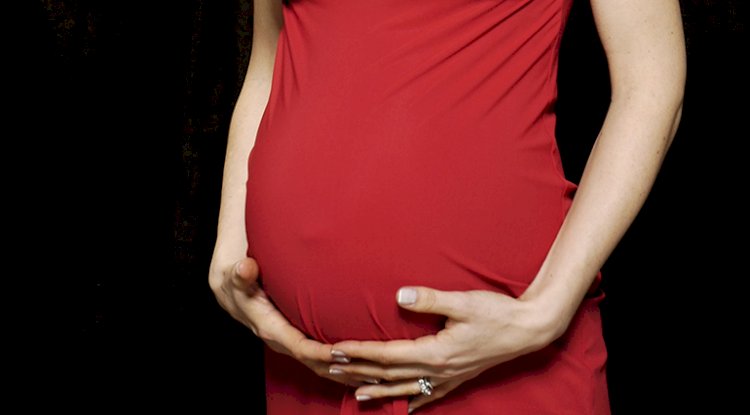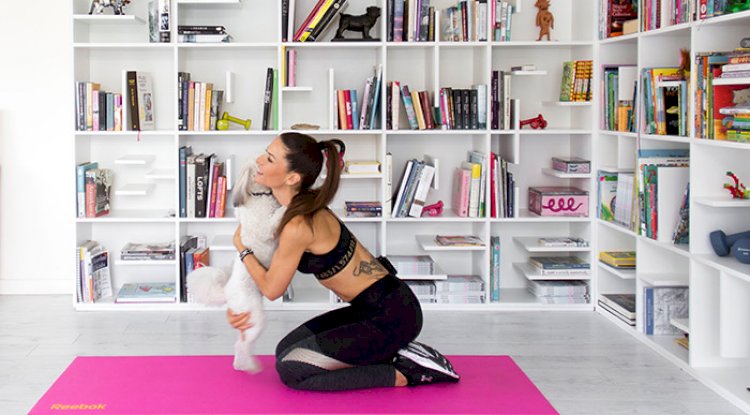Can I squat with Scoliosis?
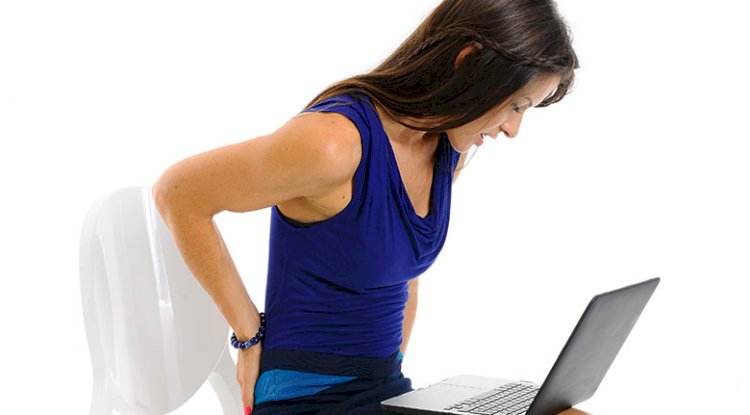
WHAT IS SCOLIOSIS?
Scoliosis is a condition in which the spine bends to the side abnormally, either to the right or left. The curvature can be moderate to severe. Any part of the spine can be bent in scoliosis, but the most common regions are the chest area (thoracic scoliosis) or the lower part of the back (lumbar scoliosis). spinal disorder that occurs when the spine curves away from the middle of the back. The most known symptoms of scoliosis are stiffness and lower back pain. Numbness, cramping in the legs and shooting leg pain due to pinched nerves can occur. In severe cases, scoliosis can make it more difficult for the heart and lungs to work properly which can result in shortness of breath and chest pain. But in the vast majority of cases, scoliosis is not painful.

WHAT ARE THE CAUSES OF SCOLIOSIS?
About 80% people with scoliosis (most of them are adolescent girls) have the “idiopathic” type which means that there is no known cause, but growing evidence shows that genetics plays a major role. In the functional type of scoliosis, the spine is normal, but an abnormal curve develops because of a problem somewhere else in the body. This could be caused by one leg being shorter than the other or because of a spine tumour which causes people to lean to the opposite side to reduce the amount of pressure applied to it. In neuromuscular scoliosis either the bones of the spine fail to form completely or they fail to separate from each other during feral development. Unlike the forms of scoliosis that are found in children and teenagers, degenerative scoliosis occurs in older adults. The spine can be weakened by arthritis or osteoporosis, vertebral compression fractures and disc degeneration.
HOW CAN YOU DIAGNOSE SCOLIOSIS?
Some clues for scoliosis include the heat to appear off center, uneven shoulders, a higher and more prominent shoulder blade, an uneven waist, one leg may appear shorter than the other, the body tilts to one side.
CAN YOU SQUAT WITH SCOLIOSIS?
Standing squats, deadlifts, lunges and hamstring curls should be avoided because these exercises work your lower body and can place pressure on an unhealthy back. There are variations that can be done while sitting or lying down to reduce the pressure on the spine. But even certain yoga postures such as the cobra, where you lie on the floor on your stomach and bend your back to lift your chest off the floor, can be hurtful. An other posture to be avoided by someone who suffers from scoliosis is the the wheel, where you lie on your back and push up on your hands and feet so you are bent over in a U shape.
CAN EXERCISE IMPROVE YOUR CONDITION?
Exercise programs have not been shown to keep scoliosis from getting worse. But strength training helps to keep bones strong which is very important since scoliosis seems to appear with low bone densities disorders a lot.
With assistance, choose the right scoliosis exercises for effective treatment. Scoliosis exercises should be specific to your curve pattern. Exercise only on one side of your body to correct your imbalances. Avoid exercising both sides of the body. While doing exercise on one side of the body can help improve scoliosis, doing the same exercise on both sides can worsen it. This holds true for all types of scoliosis. The point of these exercises is to put pressure on the convex side of the curve to help correct the curve and bring it back closer to a normal alignment. Look for doctors certified in the Schroth, Nu Schroth, or SEAS methods as these are all scoliosis-specific exercise programs well documented in scoliosis research and literature.
EXERCISE VIDEOS
Please consult your doctor before practicing. Only mild curves (less than 25 degrees) can be improved by these exercises while others require different procedures.
